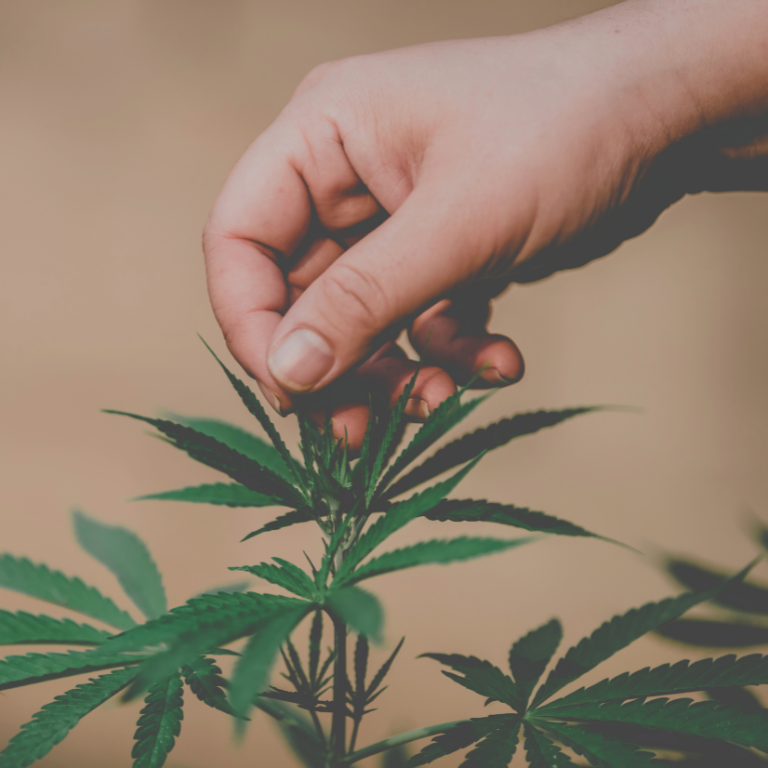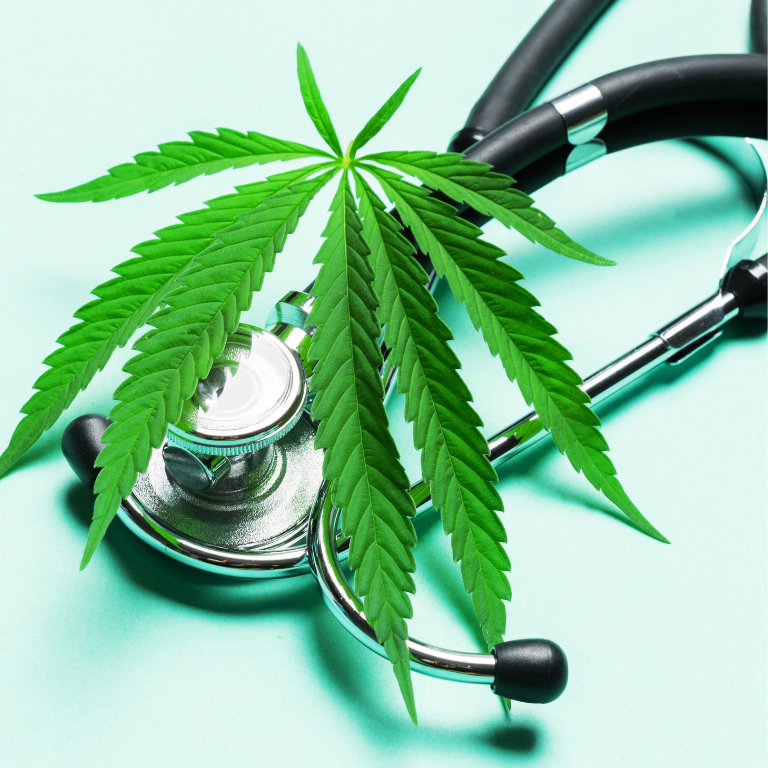Physiological Exposures in California Cannabis Cultivation Workers
The cannabis industry in California has grown rapidly, driven by both medical and recreational legalization. With this expansion, a significant number of workers are employed in various roles within the industry, particularly in cultivation. However, this growing workforce faces a range of physiological exposures that can impact their health and safety. This article examines the various physiological exposures encountered by cannabis cultivation workers in California, the associated health risks, and measures to mitigate these risks.
Understanding Physiological Exposures
Physiological exposures refer to the biological, chemical, and environmental factors that can affect the health of workers. In the context of cannabis cultivation, these exposures can arise from direct interaction with cannabis plants, chemicals used in cultivation, and the environment in which the plants are grown.
Biological Exposures: Cannabis plants can produce allergens and other biological agents that pose health risks to workers. These include:
Pollen and Plant Material: Handling cannabis plants exposes workers to pollen, which can cause allergic reactions. Symptoms may include sneezing, runny nose, and itchy eyes. Chronic exposure can lead to respiratory issues such as asthma.
Mold and Mildew: The warm, humid conditions ideal for growing cannabis can also promote the growth of mold and mildew. Exposure to mold spores can cause respiratory issues, including hypersensitivity pneumonitis, a condition characterized by lung inflammation.
Chemical Exposures: The use of chemicals in cannabis cultivation, including pesticides, fertilizers, and cleaning agents, can present significant health risks.
Pesticides and Fertilizers: These chemicals are commonly used to protect plants from pests and promote growth. However, exposure to these substances, especially in confined indoor environments, can lead to respiratory irritation, skin rashes, and more serious long-term health effects.
Solvents and Extraction Agents: Workers involved in processing cannabis, particularly in extraction processes, may be exposed to solvents used to isolate cannabinoids and terpenes. These substances can be hazardous, leading to respiratory, neurological, and dermatological issues.
Physical Exposures: Physical exposures in the cannabis industry primarily involve ergonomic and environmental factors.
Repetitive Motion and Ergonomics: Tasks such as trimming, planting, and harvesting involve repetitive motions that can lead to musculoskeletal disorders. Poor ergonomic practices can exacerbate these risks, leading to conditions such as carpal tunnel syndrome and tendinitis.
Environmental Conditions: Workers in indoor cultivation facilities may be exposed to extreme temperatures, high humidity, and artificial lighting. Prolonged exposure to these conditions can result in heat stress, dehydration, and other health issues.
Health Risks Associated with Physiological Exposures
The physiological exposures faced by cannabis cultivation workers can lead to a range of health issues, varying in severity from mild irritation to serious, chronic conditions.
Respiratory Issues: Respiratory conditions are among the most common health risks for cannabis cultivation workers. Allergens, mold spores, and chemical vapors can lead to conditions such as asthma, chronic bronchitis, and hypersensitivity pneumonitis. These conditions can significantly impact a worker’s quality of life and ability to work.
Skin Conditions: Direct contact with plants, chemicals, and allergens can cause dermatological issues, including dermatitis, rashes, and allergic reactions. Protective clothing and proper hygiene practices are essential to minimize skin exposure and prevent these conditions.
Musculoskeletal Disorders: Repetitive tasks and poor ergonomic practices can lead to musculoskeletal disorders, which are a significant concern in the cannabis cultivation industry. Symptoms may include pain, stiffness, and reduced mobility, affecting workers’ ability to perform their duties.
Mitigation Strategies and Safety Measures
To protect the health and well-being of cannabis cultivation workers, it is crucial to implement effective mitigation strategies and safety measures.
Personal Protective Equipment (PPE): Providing adequate PPE, such as gloves, masks, respirators, and protective clothing, is essential for minimizing exposure to allergens, chemicals, and physical hazards. Employers should ensure that PPE is appropriate for the specific tasks and exposures encountered in the workplace.
Ventilation and Air Quality Control: Proper ventilation systems are crucial in indoor cultivation facilities to reduce the concentration of airborne contaminants, including mold spores and chemical vapors. High-efficiency particulate air (HEPA) filters and exhaust systems can help maintain air quality and protect workers’ respiratory health.
Safe Chemical Handling Practices: Training workers in the safe handling, storage, and disposal of chemicals is essential to prevent accidental exposure and contamination. Employers should use the least toxic chemicals available and ensure that safety data sheets (SDS) are accessible to all workers.
Ergonomic Practices and Workplace Design: Implementing ergonomic practices and designing workspaces to minimize repetitive motions and strain can reduce the risk of musculoskeletal disorders. Adjustable workstations, proper lifting techniques, and regular breaks can help alleviate physical stress on workers.
Health Surveillance and Monitoring: Regular health screenings and monitoring for signs of occupational illnesses can help detect health issues early and allow for timely intervention. Employers should establish protocols for reporting and addressing health concerns, including providing access to medical care.
The cannabis cultivation industry in California presents unique occupational health challenges due to the range of physiological exposures faced by workers. Addressing these challenges requires a comprehensive approach that includes proper protective measures, effective training, and adherence to safety regulations. By prioritizing the health and safety of workers, the industry can ensure a sustainable and responsible path forward, minimizing health risks and promoting a safe working environment. Ongoing research and collaboration between industry stakeholders and health authorities are essential to develop and implement best practices for protecting the well-being of cannabis cultivation workers.















